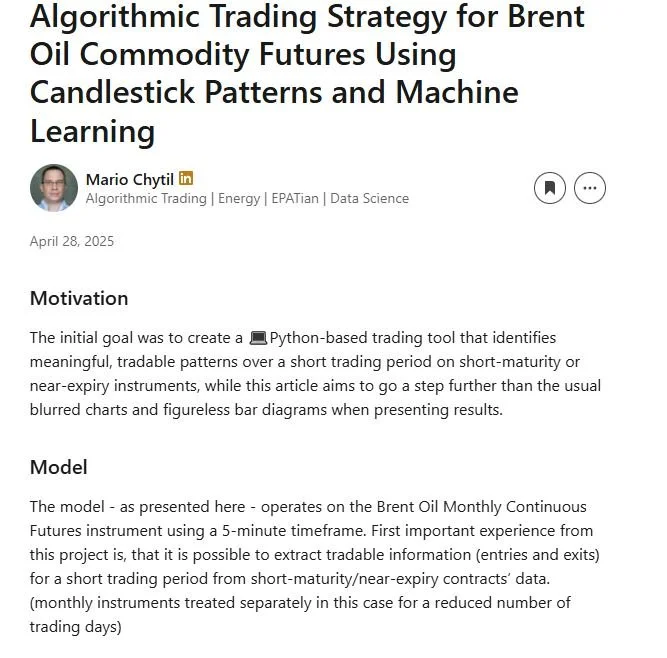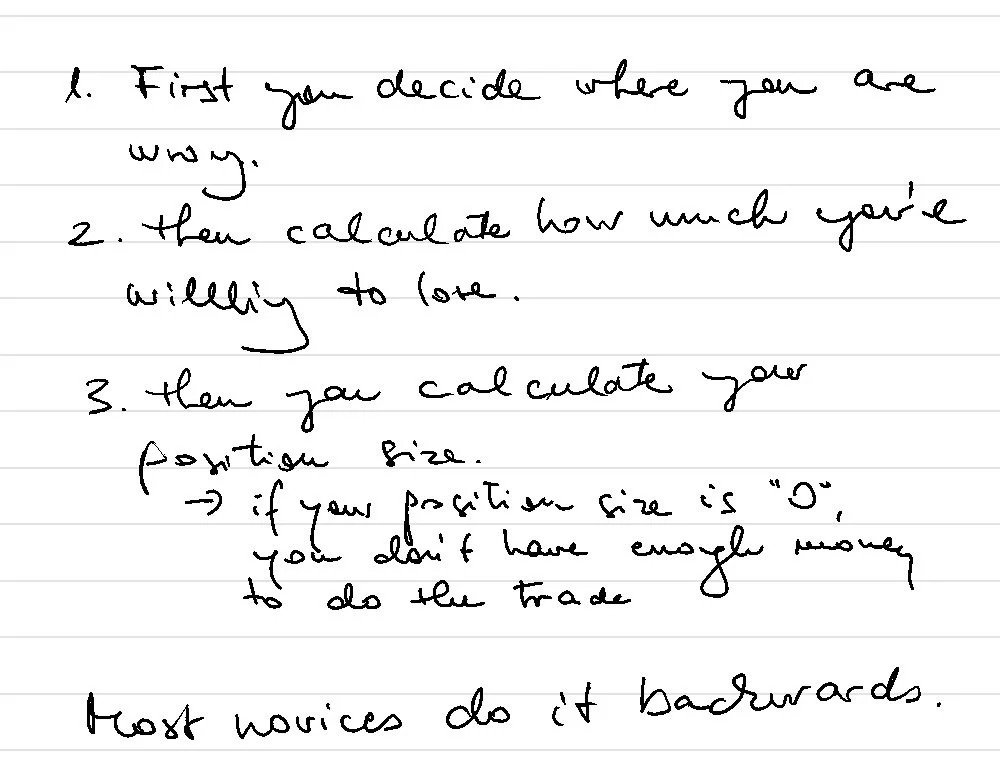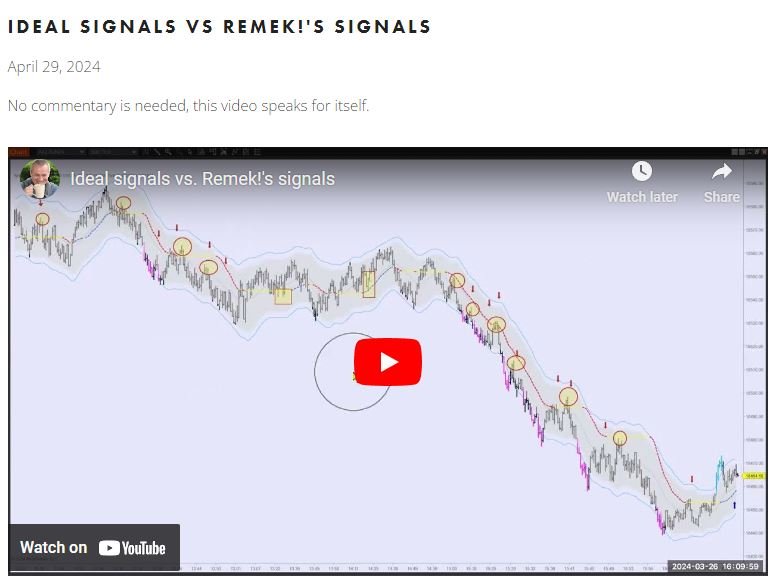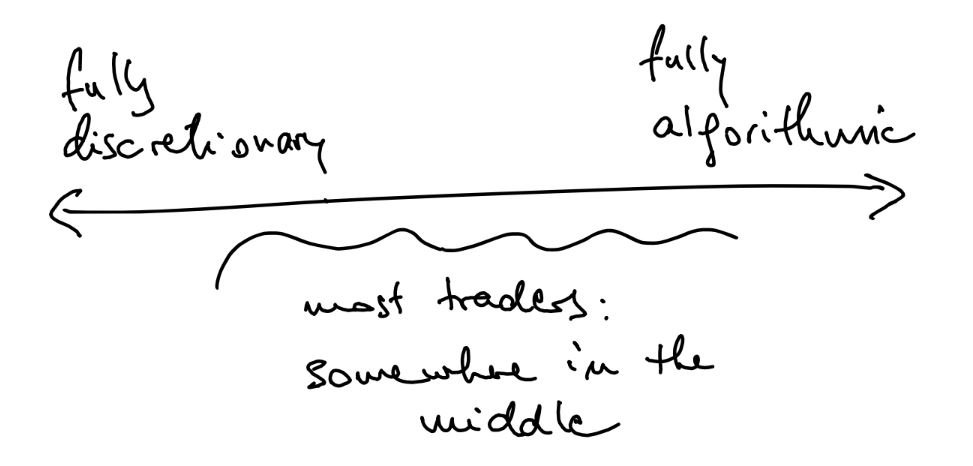As we close the year, we note that 2025 has been our best trading year yet, largely due to moves on metals. Or to be precise: largely due to our good reads of those moves on metals. (Note that all information was available to Premium members ahead of time throughout the year. See our Premium sample videos.)
How many 1Rs have you nailed with us this year?
And a little game: can you name the numbered cornerstone events on our long-term GC chart below?
Learning to read clues like these in real time, whether you’re on a 5 minute chart or a decade-long weekly chart, is a skill worth cultivating. The best way of which is by joining us daily, with our software or with our Premium+ software and education bundle!
GC Weekly (linear) 2011-2025
GC daily 2024-2025 (linear)















